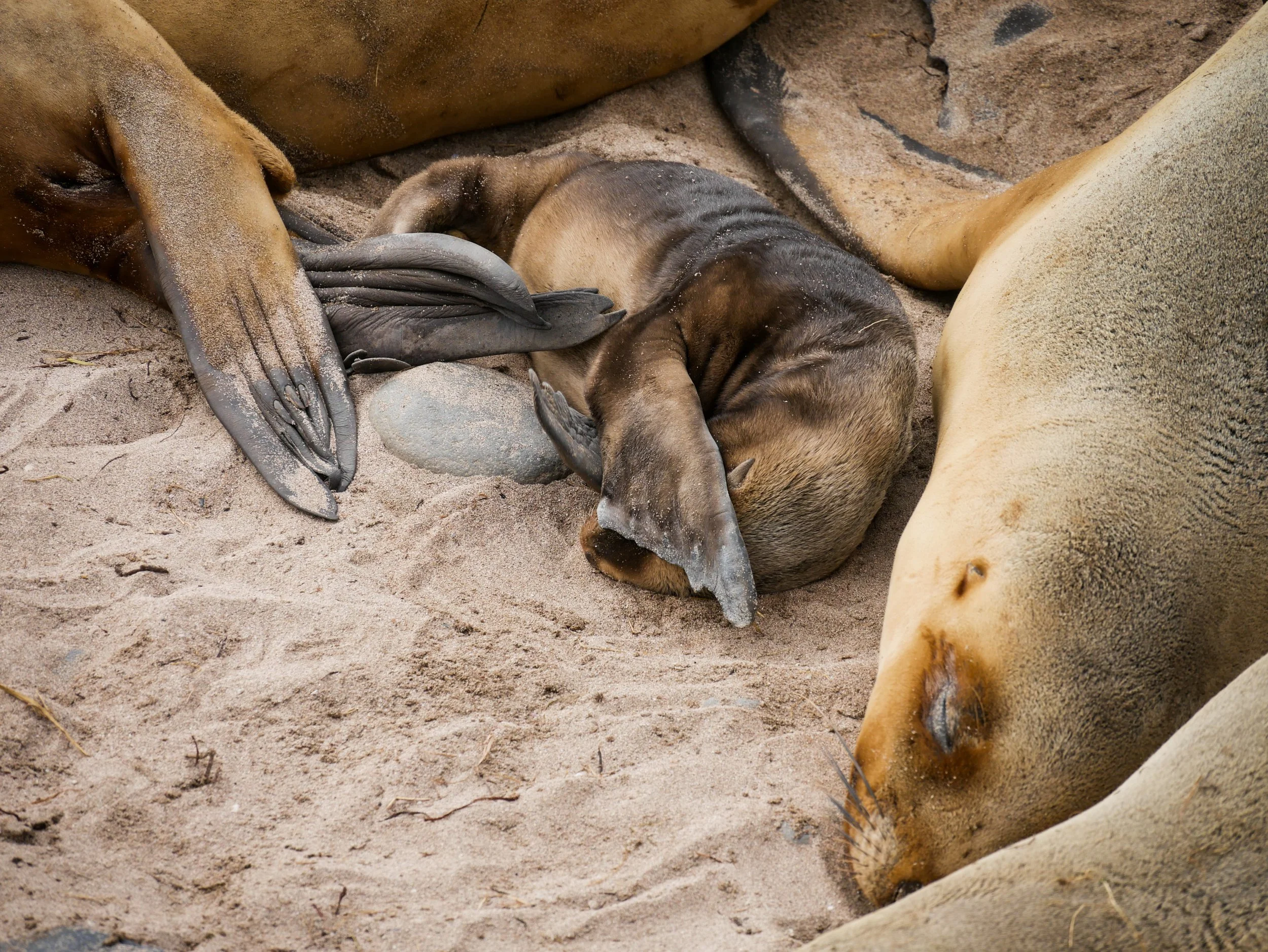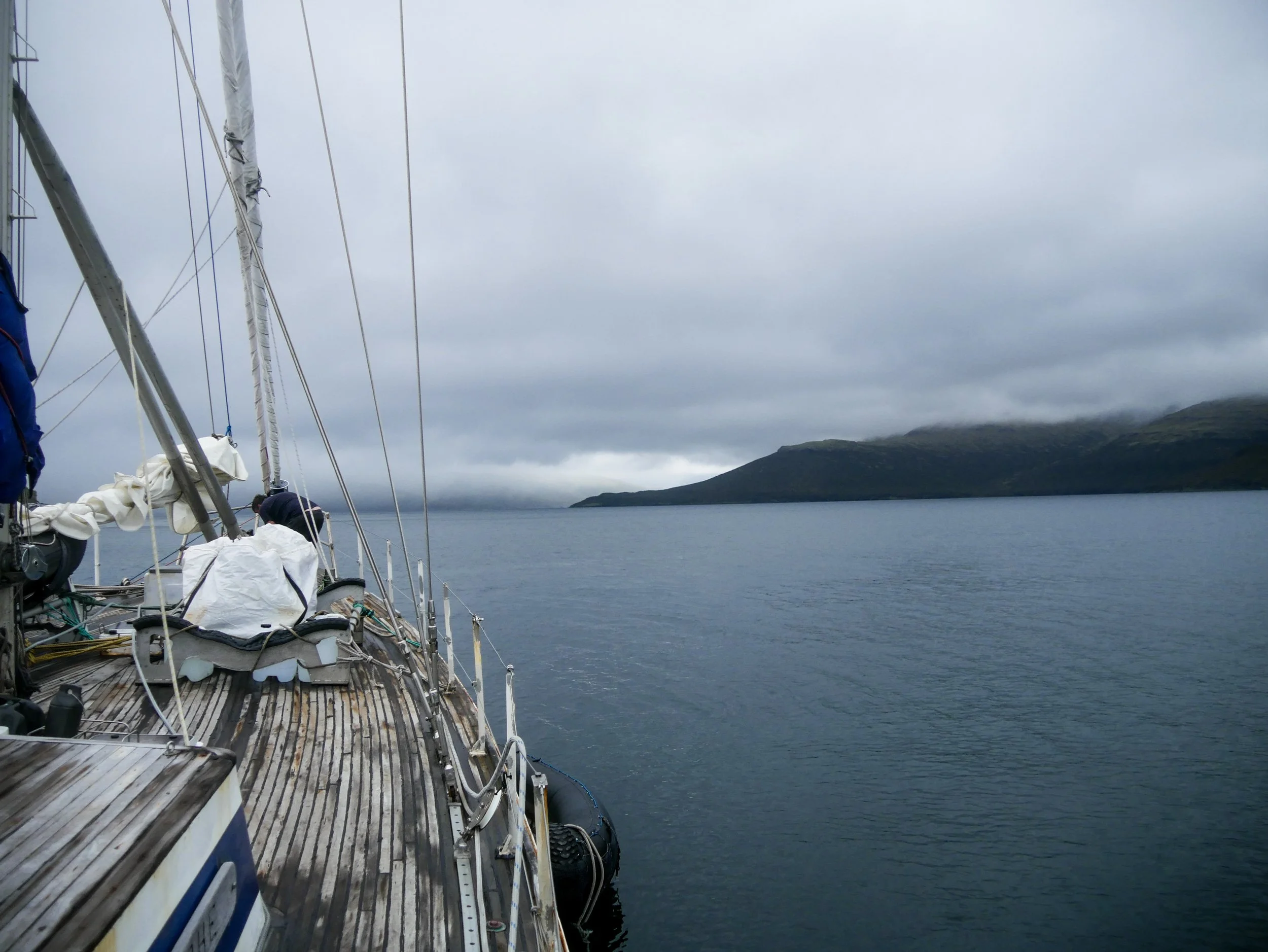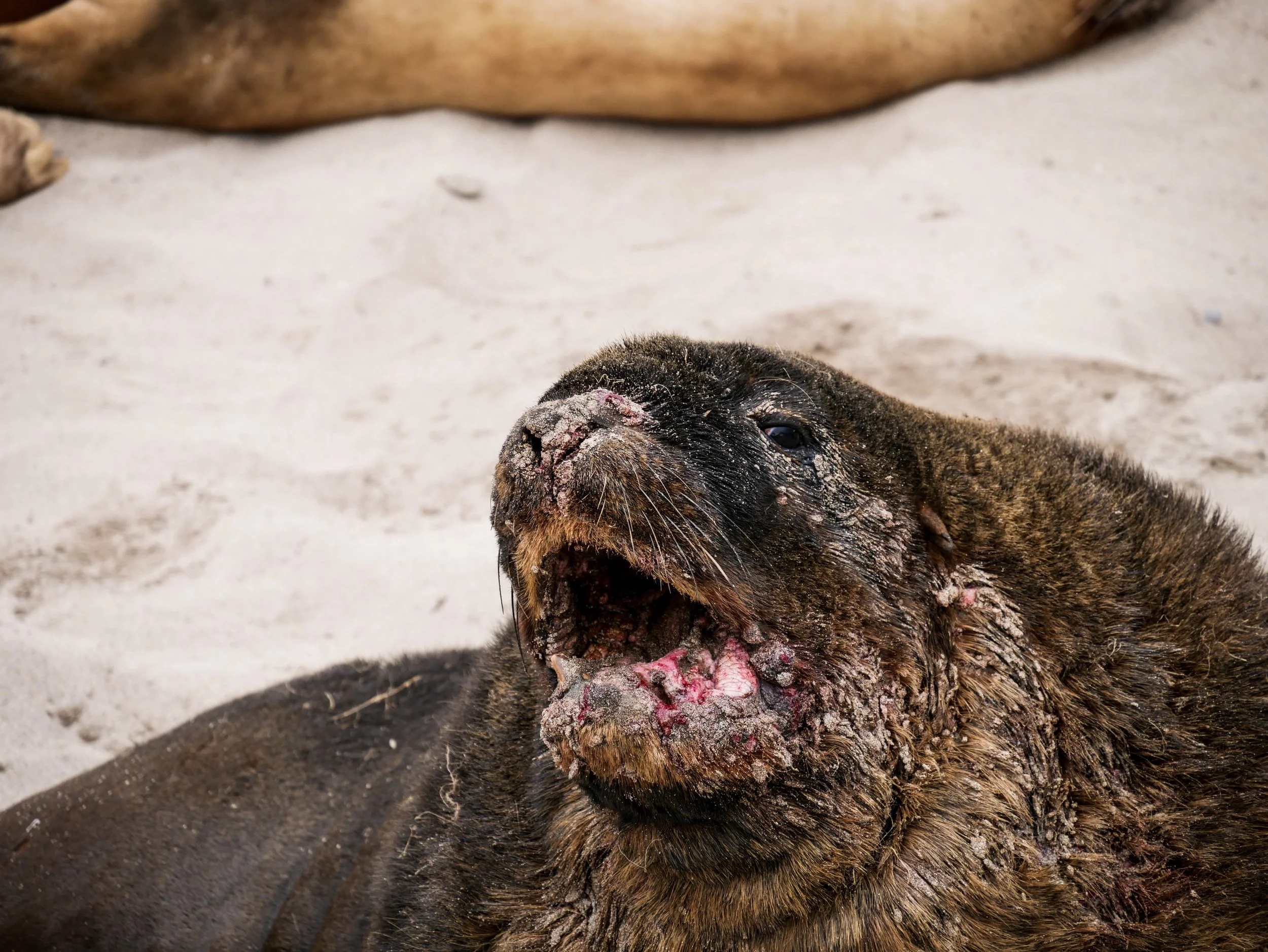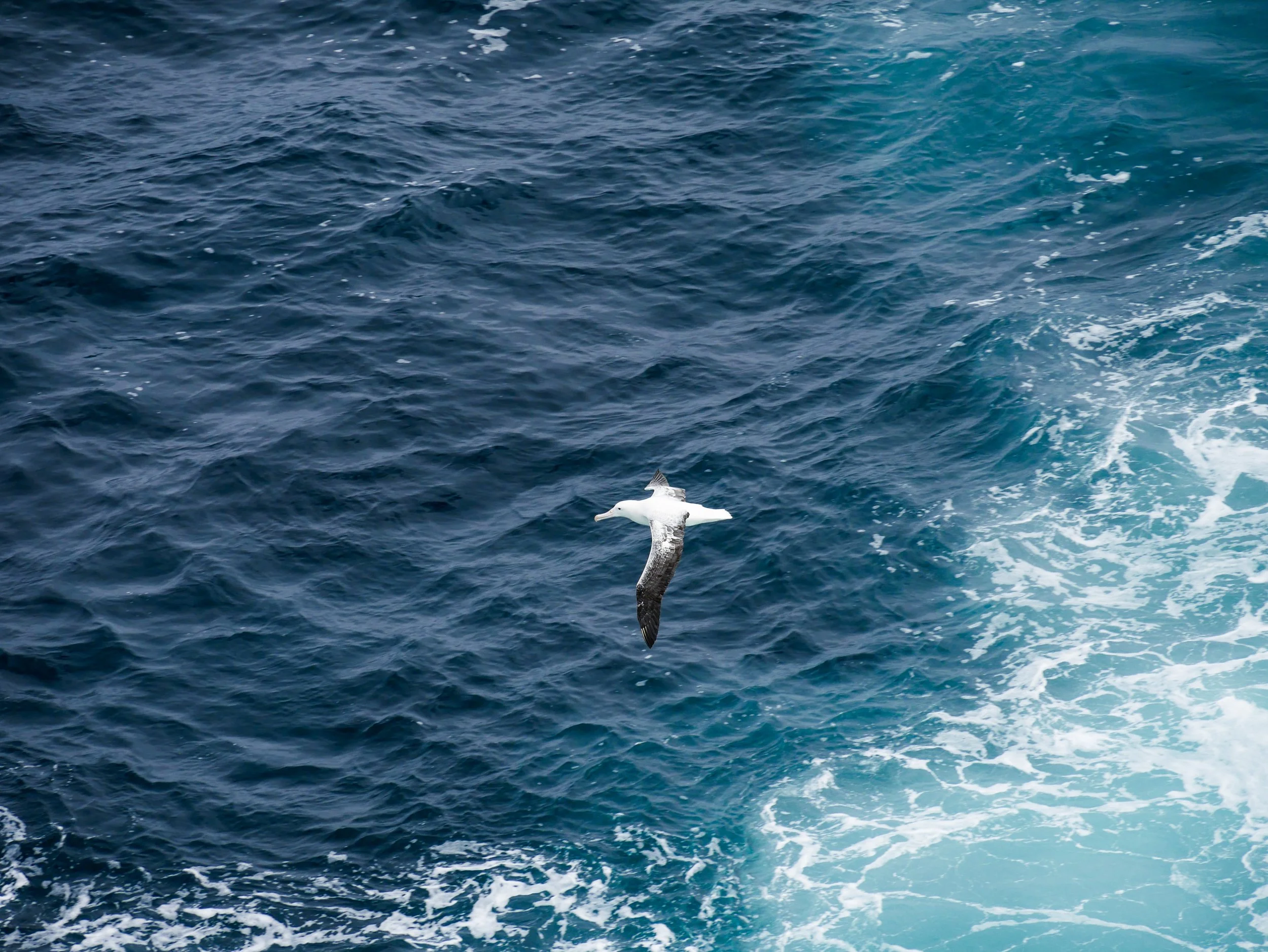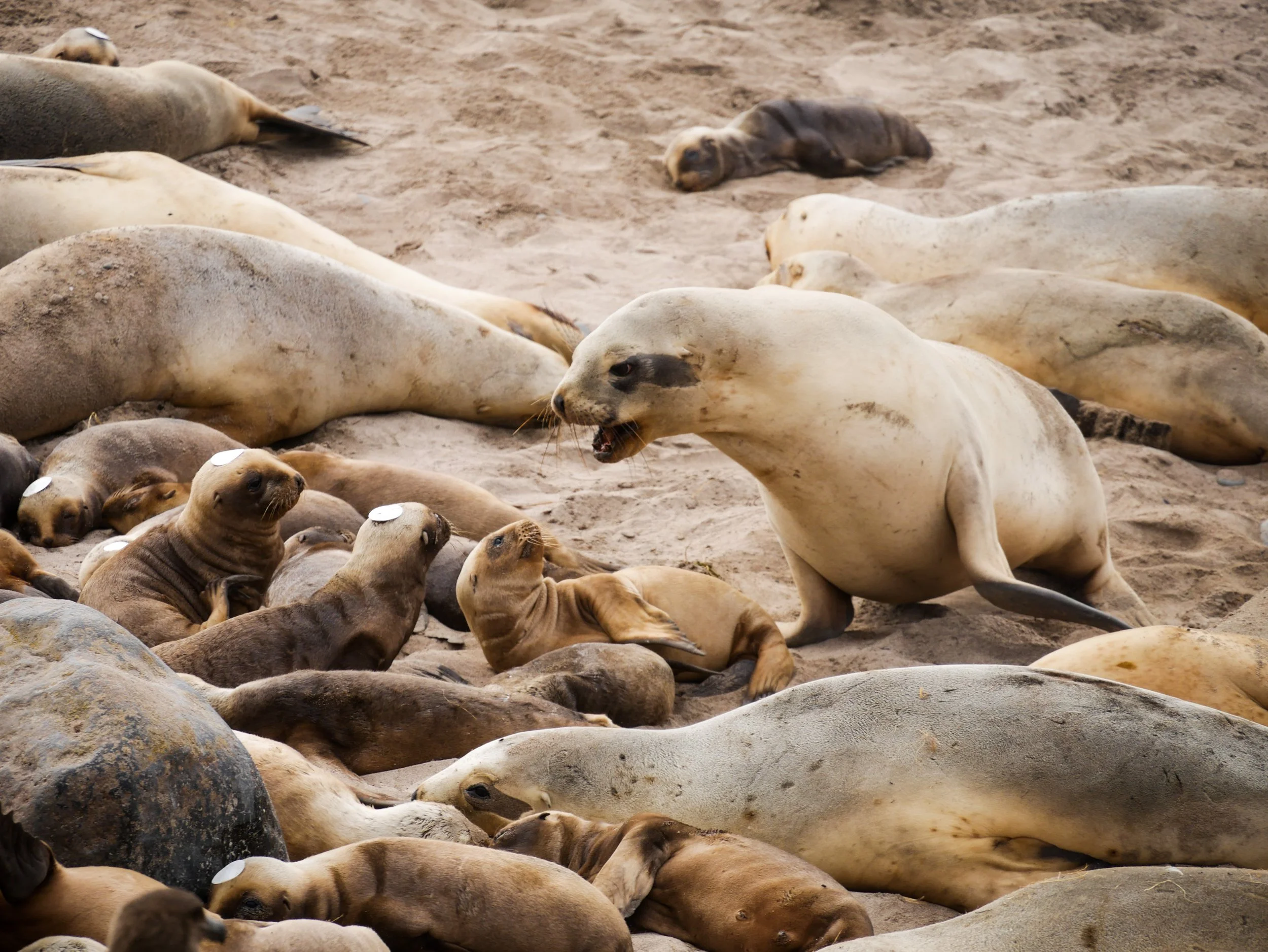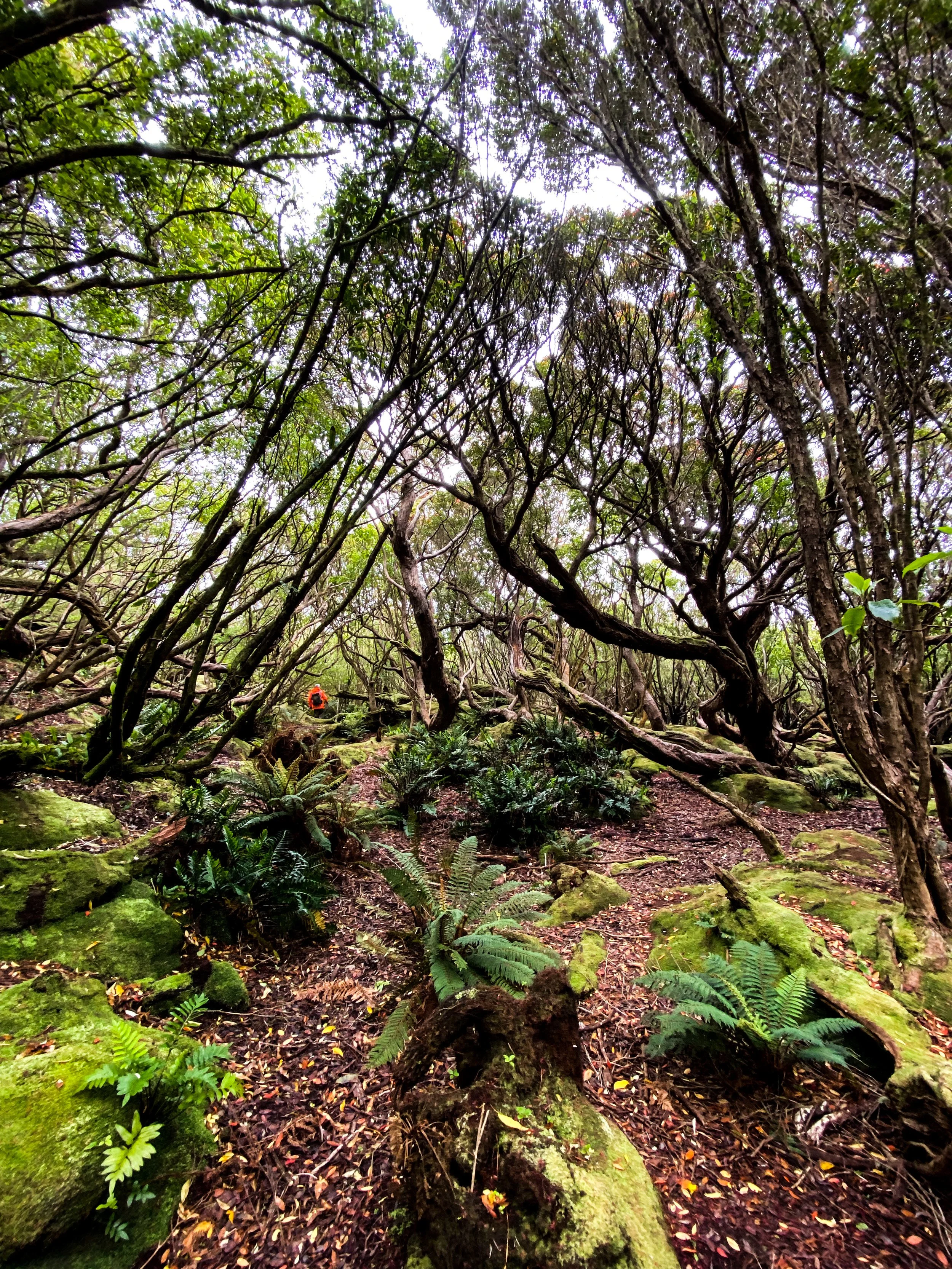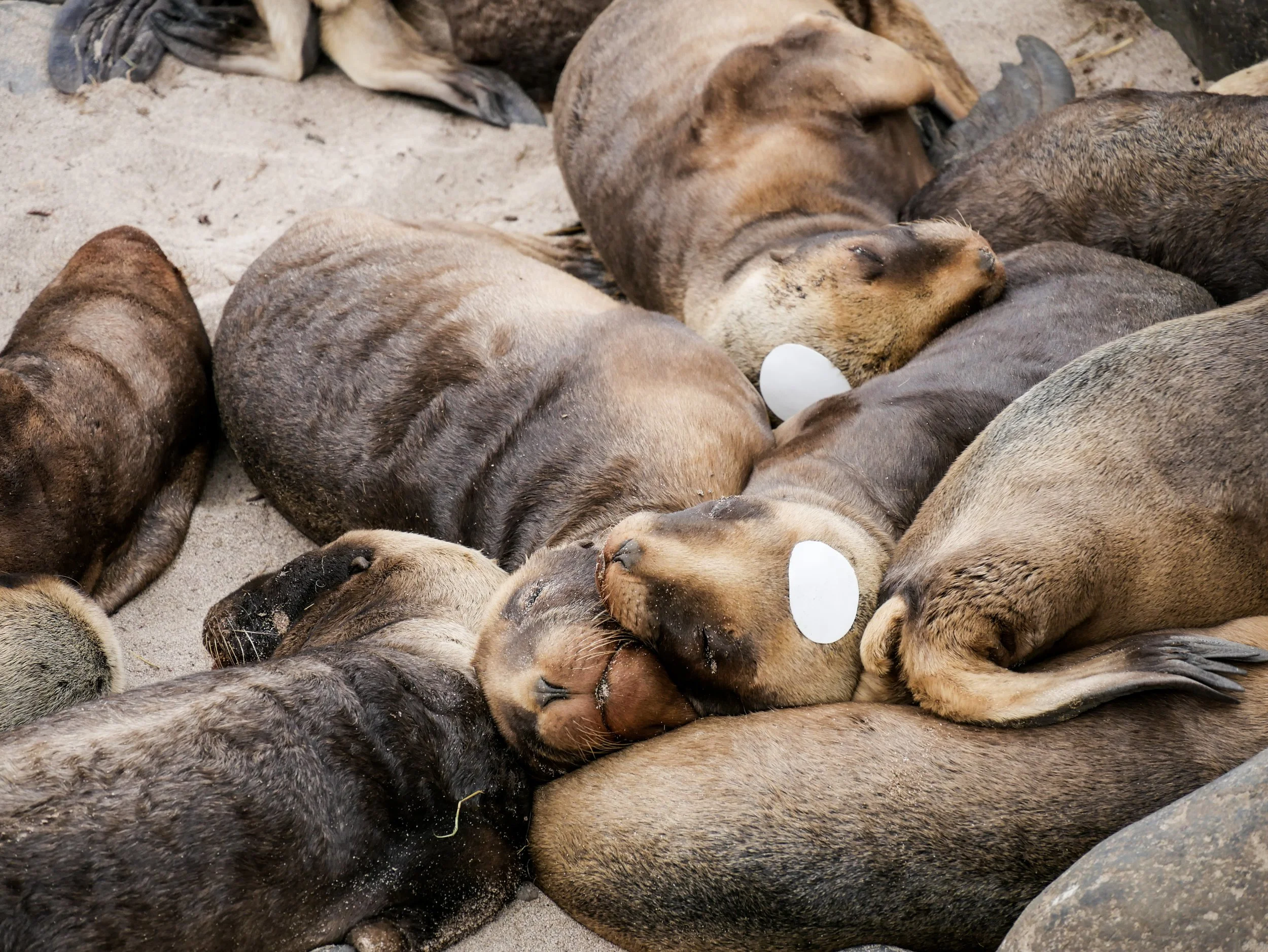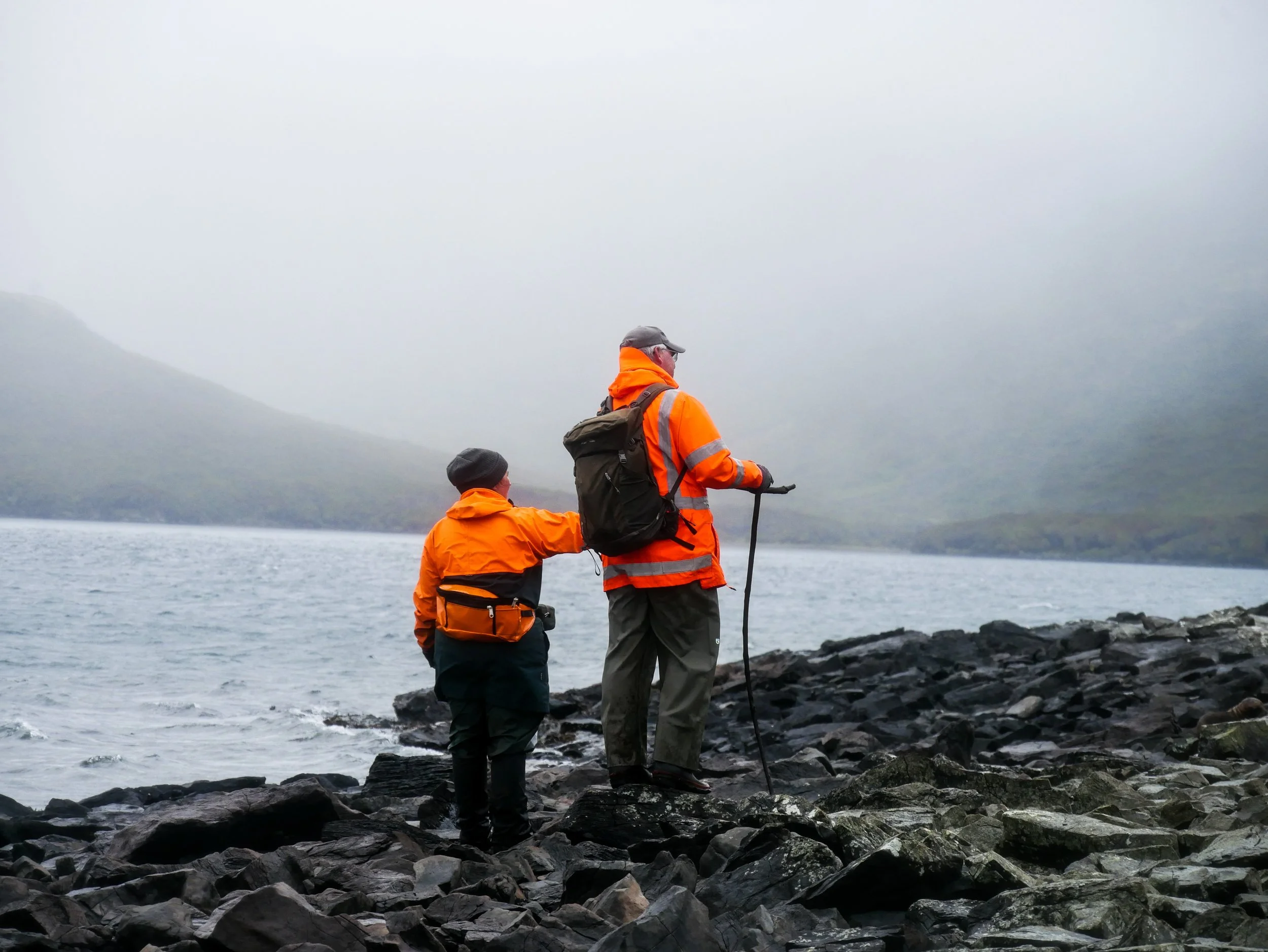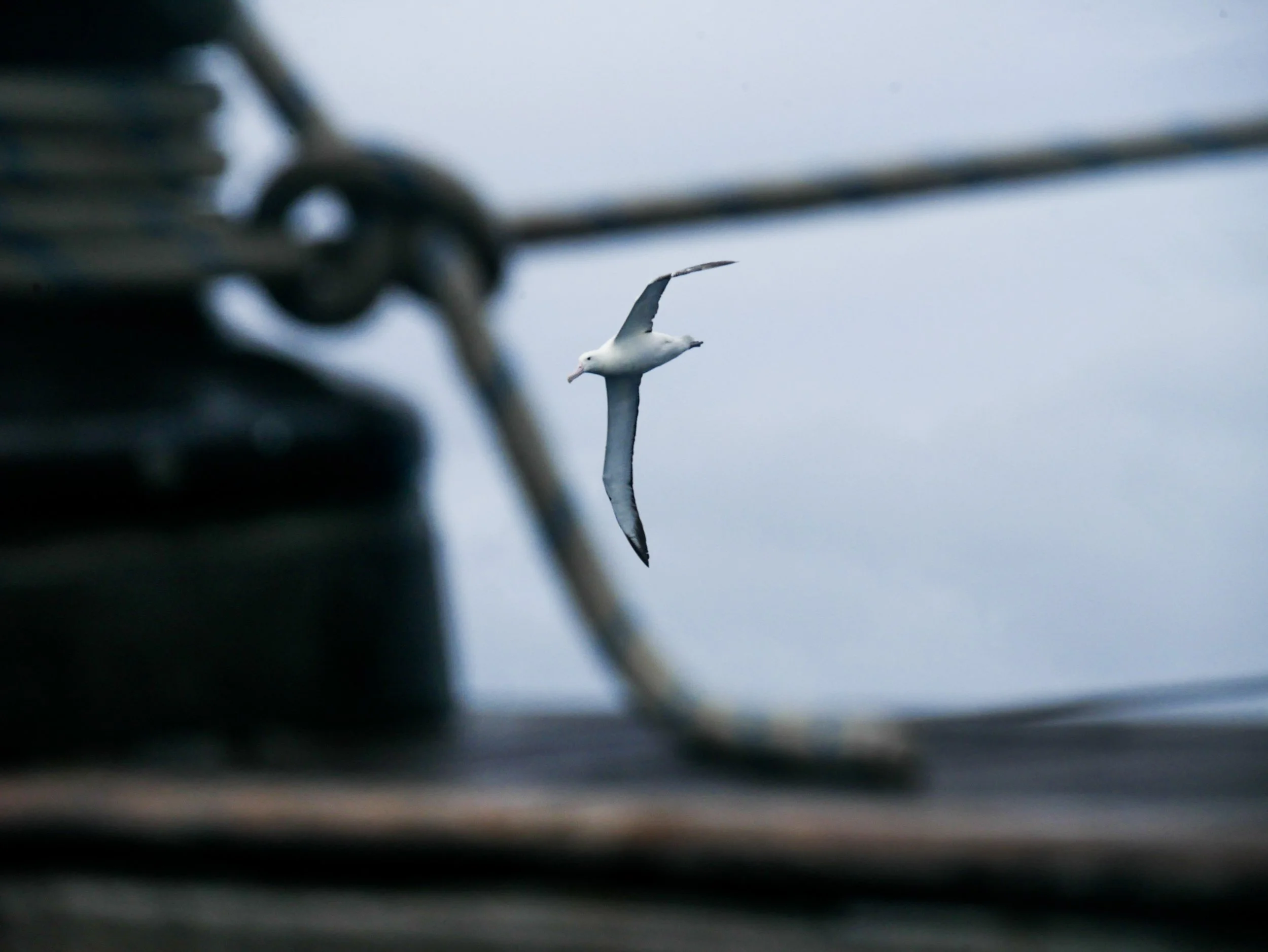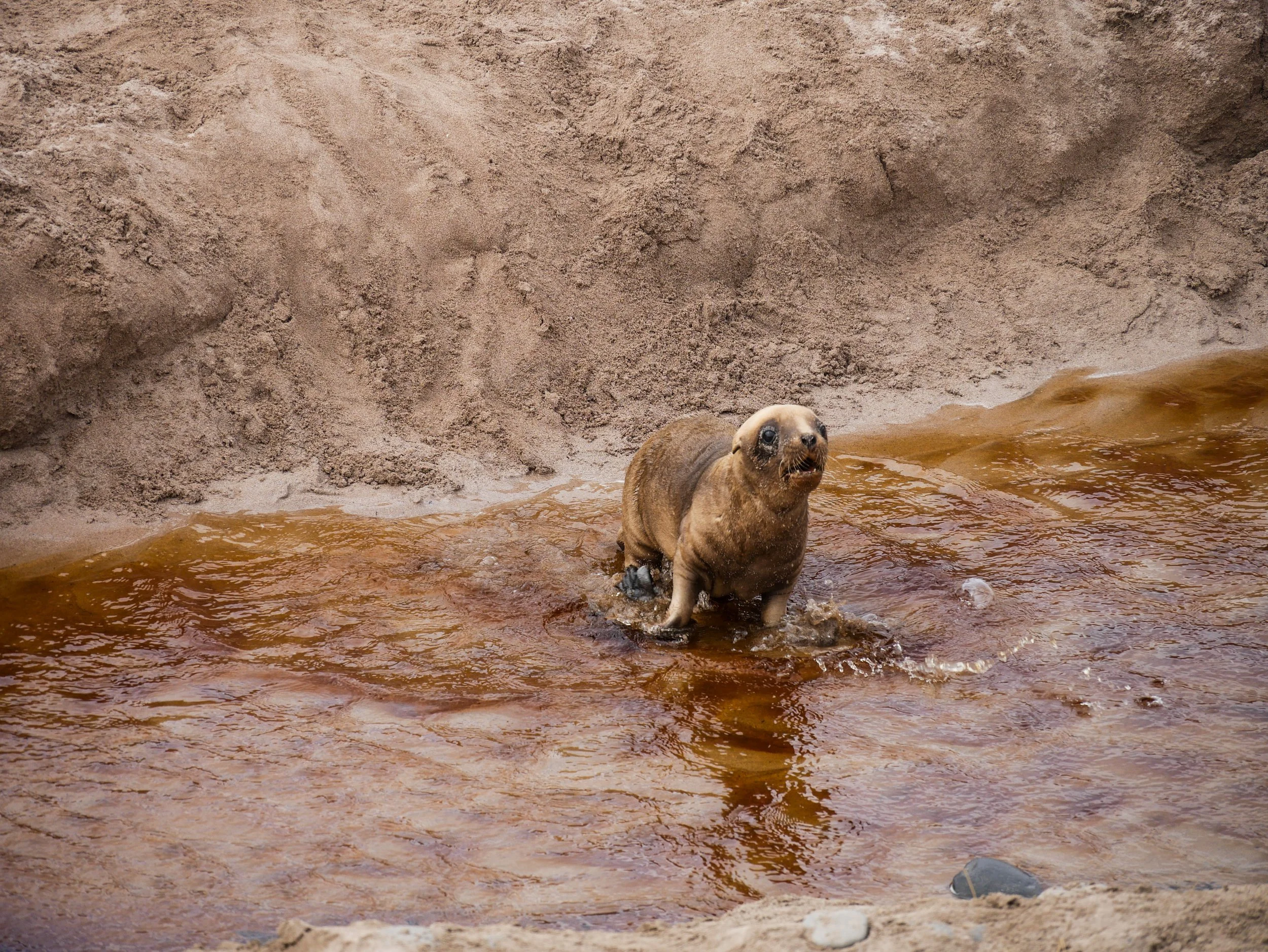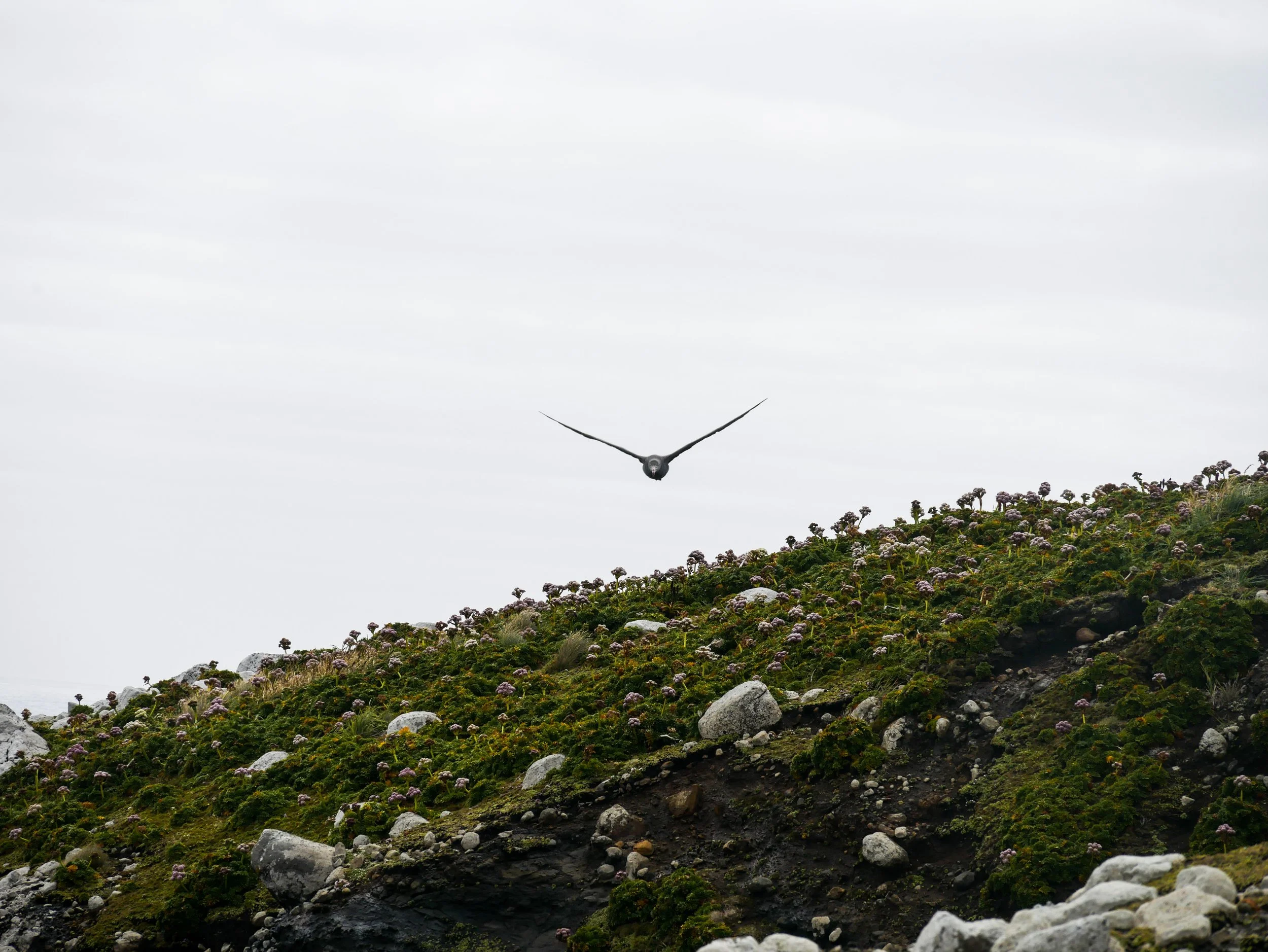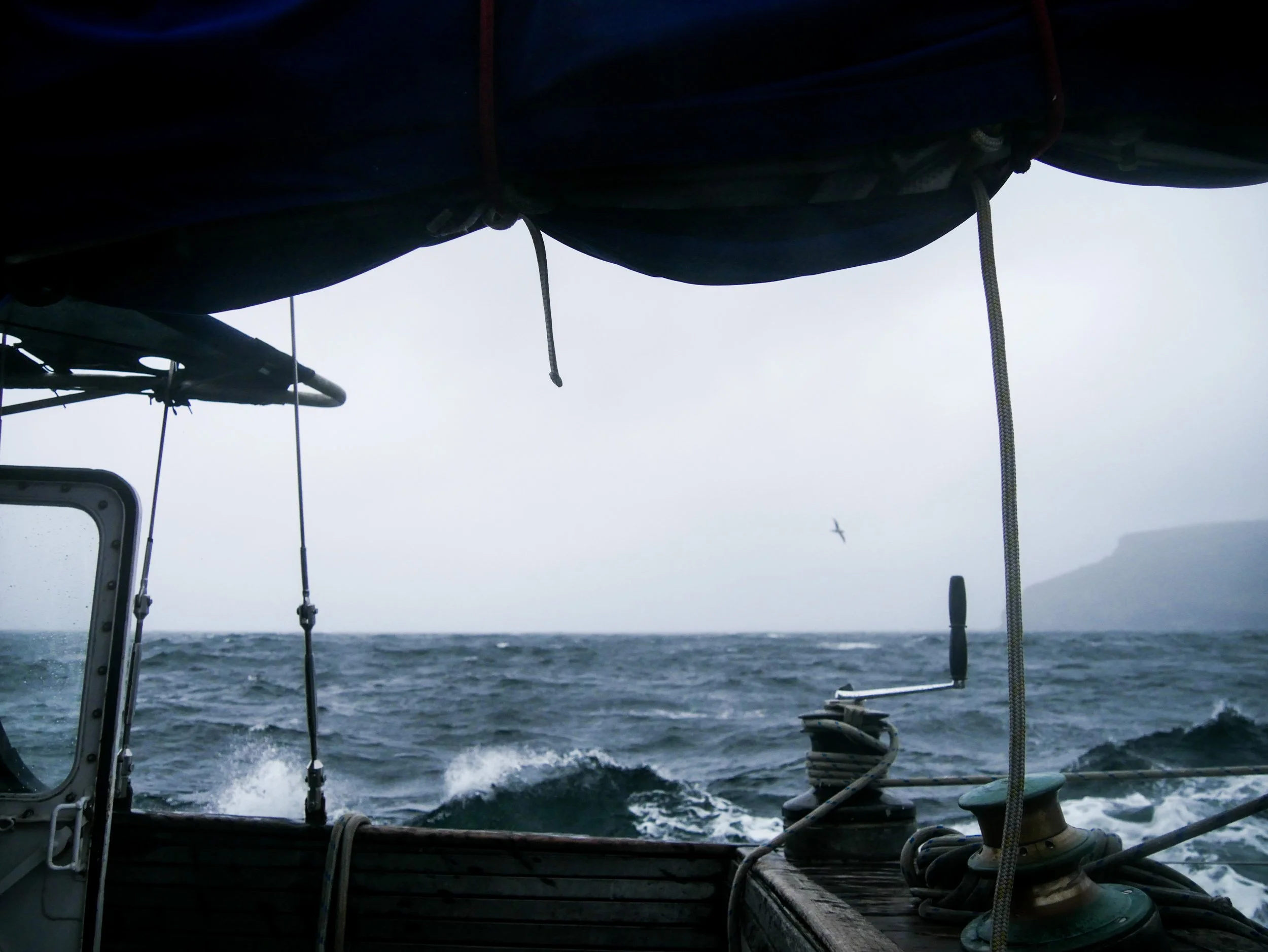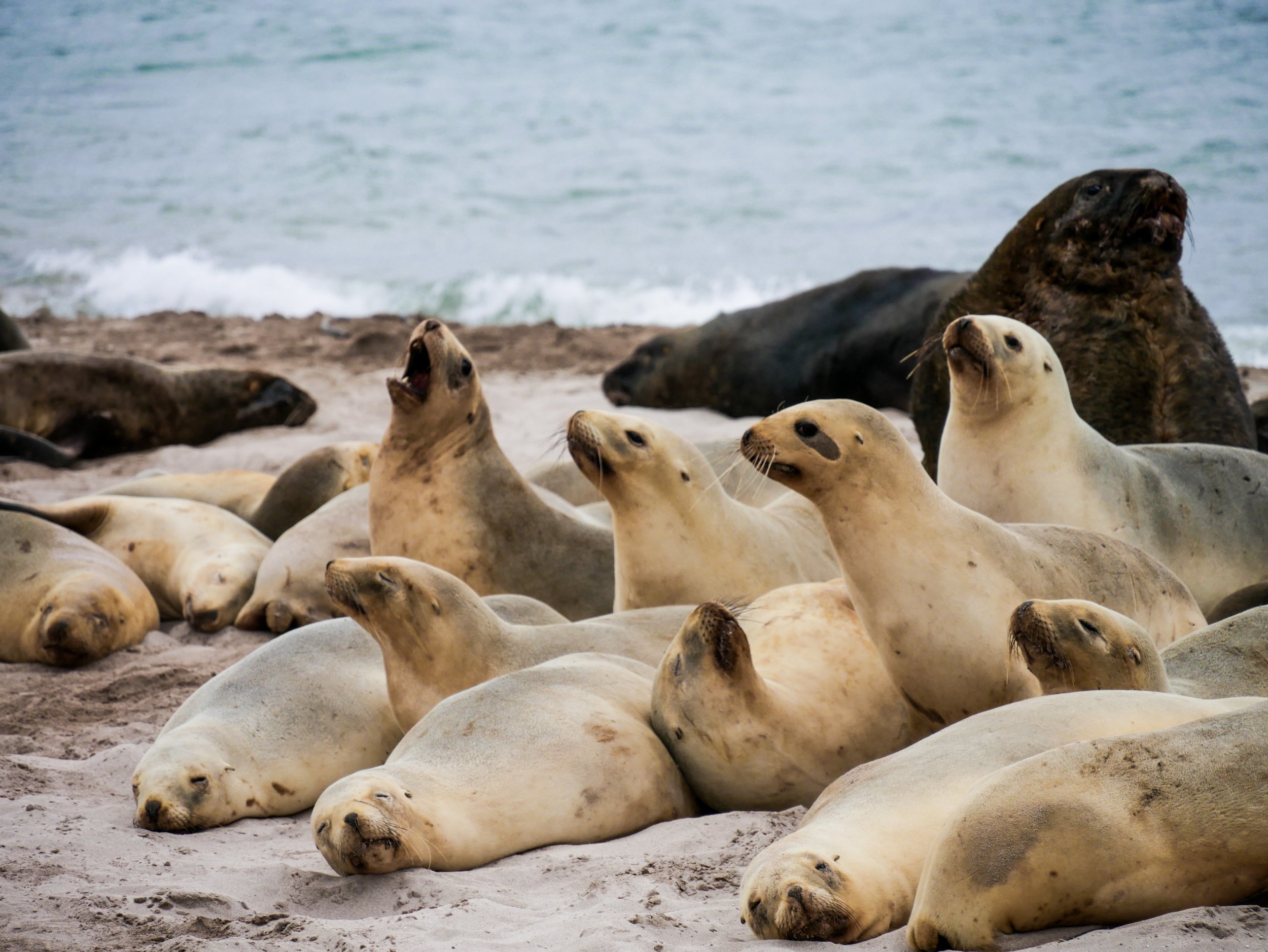
SEA LION MORTALITY IN THE SUB-ANTARCTICS
The ability to perceive order within apparent chaos is the great power of science. There is something incredibly satisfying about turning a seamless picture into a jigsaw puzzle and by seeing and understanding how each piece fits, standing back again and gaining a much deeper appreciation of the magnificent beauty of the unified whole.
I went into my vet degree with one goal: to become an equine vet. Somewhere along the way I was struck by a wave of open mindedness and found a love ten times stronger. It’s been a process of grit and determination. I’ve been forced to grow some thick skin to deflect people placing me in the basket of unrealistic dreamers. But it’s been easy because quite simply, the wild gets me up in the morning. So when given the opening to become part of a team investigating mortality in New Zealand sea lion pups down in the Sub-Antarctics I jumped at the opportunity. These islands are afforded the highest form of protection from the New Zealand Government and are the epitome of Papatūanuku raising a middle finger to humanity and the destruction that we bring. Only accessible by boat, they are home to some of the rarest populations of seabirds and marine mammals in the world - yet like everywhere else numbers are declining. So many questions surround New Zealand sea lions in this region… Answers of which, will hopefully point us in the direction of some management changes that will make survival less of an effort for the next generation of pups and thus prevent the grim fate of becoming a skua’s lunch.
Approximately 68% of the total population of New Zealand sea lions breed on the Auckland Islands in New Zealand’s subantarctic. There are estimated to be approximately 12,000 NZ sea lions and approximately 2,000 breeding females in the population, and Fisheries New Zealand reports occasional incidental captures of adult females in the Squid 6T fishery near the Auckland Islands during the annual breeding season.
The population of New Zealand sea lions located on Enderby Island in the New Zealand Sub-Antarctic is one of the stronghold breeding colonies of the endangered species. Thus, seasonal monitoring of this colony is an important aspect of their conservation management.
After a hiatus of four years, the necropsy programme was restarted during the 2023-2024 season over the months of January and February. Any dead pups identified that were in a good state of preservation underwent a necropsy to determine cause of death with a full set of formalin fixed and frozen tissues collected for histopathology and microbiological testing.
At fifty degrees south the world seems freshly created and completely undiscovered. Absorbing the waves, the boat heaves and subsides as though breathing. Albatross pass by without so much as a glance whilst cape petrels stick around for a while reminding you that the Southern Ocean is an open road in any direction for those less domesticated.
Known common causes of New Zealand sea lion pup mortality:
Infection. Infectious agents (pathogens) that have been identified as causing or contributing to pup mortality include bacteria such as hypervirulent (HV) Klebsiella pneumoniae and Streptococcus species, and intestinal parasites (hookworm). As yet unidentified viruses may also play a role in sickness and mortality. Because management interventions are possible for some of these pathogens, it is important to get a better understanding of the proportion of deaths occurring due to infection. This is especially relevant to HV K. pneumoniae, as this is the most important cause of death of NZSL pups at Enderby Island. Research conducted by Sarah Michael shows that treatment with ivermectin can improve pup survival when both hookworm and K. pneumoniae are present.
Starvation/exposure. These two factors are related and can be difficult to distinguish at post mortem. Pinniped pups can maintain body temperature by generating heat from body fat stores and from ingested milk. When environmental conditions are extreme, pups that can’t maintain their body temperature above a critical level will die. Deaths due to exposure are more common when pups have a low birthweight, don’t access sufficient milk, or are inactive or weak due to underlying disease. The importance of this latter effect is exemplified by Blix et al., 1979 where 90% of northern fur seal pups that died of exposure had underlying conditions. Exposure can be tentatively diagnosed as a cause of death when multiple pups are found dead within a short time following a severe weather event. Starvation can be a sole cause of death in otherwise healthy pups that don’t receive enough milk (e.g. due to mismothering or death of the mother), and can also occur in conjunction with underlying illness.
Misadventure. Drowning in terrain traps causes a variable number of deaths each year. Crushing of pups by adult sea lions is a consistent cause of death at Enderby Island, especially early in the season when pups are smaller and less mobile, and mating activity is higher. The number of pups dying due to falls varies between years depending on the distribution of the colony as well as early survival.
Stillbirths. These have a large number of potential causes, including toxins, infectious agents and genetic diseases, but the evidence to date suggests that stillbirth is comparatively uncommon in the NZSL population.
Congenital anomalies (birth defects) have been identified as an infrequent cause of death on Enderby Island and are also likely to be uncommon.
Estimated pup mortality from the 2023/2024 season (10/12/2023 – 21/01/24 and 17/02/24 - 26/02/2024) was approximately 39 pups (17 counted prior to vet arrival, 15 necropsied and 7 too decomposed) equivalating to approximately 12% mortality rate.
The most significant causes of mortality based off gross post-mortem was infection (35% with approximately 57% of cases confirmed as Klebsiella pneumoniae followed by drowning (25%) and drowning/asphyxiation (25%). The necropsy findings in this season were consistent with those of previous necropsy seasons on Enderby Island with no evidence of emerging diseases or highly pathogenic avian influenza.
Due to the lack of long-term monitoring over the past years without a designated necropsy programme it is hard to comment on how the 2023-2024 mortality rate compares to previous seasons. Approximately ten dead pups were counted during the 2022/2023 season (08/12/2022 - 22/01/2023) equivaling to approximately a 4% mortality rate on Sandy Bay despite having the lowest total pup estimate in the history of the monitoring programme (Young & Manno, 2023).
Post-mortems were completed using a standardised protocol used in previous seasons. The preliminary estimate for pup production on Enderby Island, during the 2023/2024 season was 319 pups with 39 pups found dead. Fourteen necropsies were completed, and findings were consistent with those of previous necropsy seasons with the main causes of death summarized as infection, drowning/asphyxiation, starvation/exposure and trauma.
It is hard to comment on how the 2023/2024 NZSL mortality compares to that of recent seasons due to gaps in data with a four-year hiatus in mortality monitoring. That being said, there was no evidence of mass mortality comparable to previous epizootic events. Preliminary gross necropsy findings were consistent with historic findings with no obvious evidence of emerging disease.

